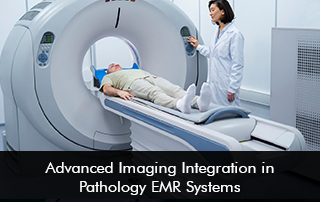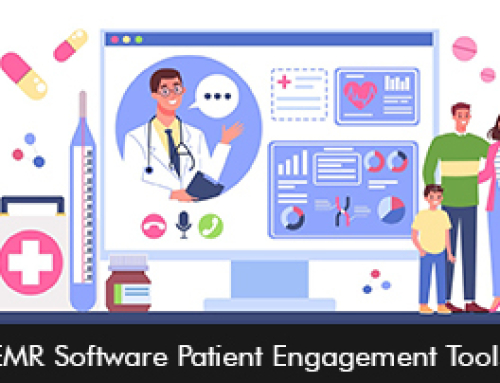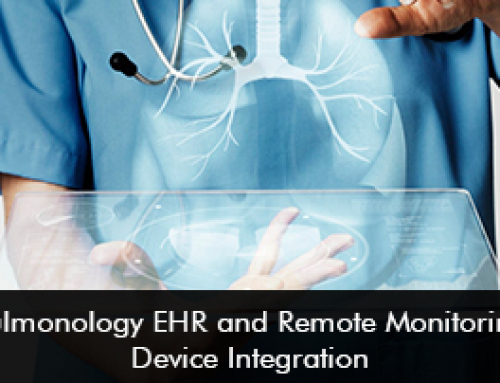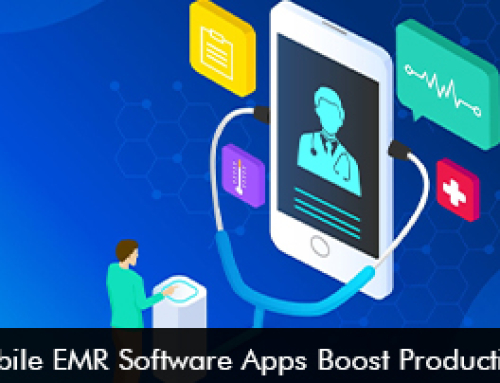The healthcare industry is undergoing a digital revolution, and at the heart of this transformation lies EMR Software and EHR Software—powerful tools reshaping how medical data is stored, accessed, and utilized. In pathology, where precision and speed are critical, the integration of advanced imaging into EMR systems is proving to be a game-changer. By embedding high-resolution pathology slides, AI-driven analysis, and real-time collaboration tools directly into EHR platforms, these systems are eliminating inefficiencies, reducing diagnostic errors, and enabling faster, more informed clinical decisions. In an era where seamless data flow and interoperability are non-negotiable, Pathology EMR Software isn’t just an upgrade—it’s a necessity for modern diagnostic excellence.
Diagnostic Workflows
With the rise of digital pathology, whole-slide imaging, and AI-driven diagnostics, Pathology EMR Software must now support high-resolution image storage, real-time annotations, and AI-assisted analysis. The ability to integrate these imaging capabilities directly into EHR and EMR systems eliminates silos, reduces errors, and enhances diagnostic precision—critical factors in modern healthcare.
Why Advanced Imaging Integration in Pathology EMR is Essential
- Improved Diagnostic Accuracy – High-resolution imaging embedded within EMR Software allows pathologists to zoom, annotate, and compare slides digitally, reducing human error.
- Faster Turnaround Times – Instant access to pathology images within EHR systems eliminates delays caused by physical slide transfers, speeding up diagnosis and treatment planning.
- Enhanced Collaboration – Cloud-based Pathology EMR Software enables multidisciplinary teams to review cases remotely, fostering better decision-making.
- AI and Machine Learning Support – Modern EHR and EMR systems now incorporate AI tools for automated pattern recognition, aiding in early detection of cancers and other pathologies.
- Regulatory Compliance – Secure storage and HIPAA-compliant sharing of pathology images within EMR platforms ensure data integrity and patient privacy.
Latest Features in Advanced Imaging-Integrated EMR Systems
The rapid evolution of Pathology EMR Software has introduced cutting-edge functionalities:
- Whole Slide Imaging (WSI) Compatibility – Leading EHR Software now supports WSI, allowing entire glass slides to be digitized and analyzed within the system.
- 3D Imaging and Virtual Microscopy – Some EMR systems now integrate 3D reconstructions of tissue samples for more detailed analysis.
- AI-Powered Diagnostics – Tools like IBM Watson and Paige.AI are being embedded into Pathology EMR Software to assist in detecting malignancies.
- Cloud-Based Access – Pathologists can now retrieve and analyze images from any location, thanks to cloud-integrated EHR and EMR solutions.
- Interoperability with PACS & Radiology EMRs – Seamless integration with Picture Archiving and Communication Systems (PACS) ensures cohesive workflows between radiology and pathology.
Top 5 EMR Software for Advanced Pathology Imaging (Recommended by US Hospitals & Physicians)
-
Epic (Anatomic Pathology Module)
Epic is a market leader in EHR Software, known for its robust Pathology EMR integration. It supports high-resolution imaging, AI analytics, and seamless interoperability with hospital systems. Epic’s Beaker module is specifically designed for pathology labs, offering digital slide management, real-time collaboration, and advanced reporting tools. Its widespread adoption in top US hospitals makes it a top choice.
Key Features:
- Whole slide imaging (WSI) with AI integration (Paige AI, Ibex)
- Synoptic reporting for CAP compliance
- Real-time clinician-pathologist collaboration via Epic EHR
- Molecular pathology workflow integration
Hospital Adoption:
- Used by 45% of US academic medical centers (Mayo Clinic, Cleveland Clinic, Mass General)
- 28% of large hospital systems (>500 beds)
Pricing & Implementation:
- $1.2M-$5M+ (hospital size-dependent)
- 12-18 month typical rollout
- Requires Epic-certified pathology IT specialists
Best For: Large health systems needing seamless EHR-pathology integration
-
Cerner CoPathPlus
Cerner’s PowerPath EMR Software excels in anatomic pathology with superior imaging integration. It enables digital slide viewing, AI-assisted diagnostics, and streamlined workflows. Cerner’s cloud-based EHR ensures secure data sharing across institutions, making it ideal for large healthcare networks.
Key Features:
- Integrated digital pathology with Philips/Leica scanners
- Blood bank management module
- Tumor registry with AJCC staging tools
- Cloud-based version available (Cerner Millennium Platform)
Hospital Adoption:
- Dominates 35% of community hospital market
- Major clients: HCA Healthcare, Banner Health
Pricing & Implementation:
- $750K-$3M
- 9-14 month implementation
- Stronger AP than CP functionality
Best For: Mid-sized hospitals using Cerner EHR
-
McKesson Horizon Anatomic Pathology
Key Features:
- Best-in-class grossing station integration
- Multi-head microscope sharing for training
- FDA-cleared digital pathology workflows
- Cytology-specific workflow tools
Hospital Adoption:
- 60+ NCI-designated cancer centers
- Major reference labs (Quest Diagnostics partnerships)
Pricing & Implementation:
- $500K-$2.5M
- Modular pricing (AP/CYTO/Molecular)
- 6-12 month deployment
Best For: Cancer centers and high-volume surgical pathology
-
Meditech PathNet
Key Features:
- Surprisingly robust WSI for community hospitals
- Excellent gross specimen imaging tools
- Physician-friendly result delivery via Expanse EHR
- Affordable barcode tracking
Hospital Adoption:
- 300+ small/mid-sized hospitals
- Regional leaders like Baystate Health
Pricing & Implementation:
- $250K-$1M (most budget-friendly)
- 4-9 month implementation
- Limited molecular pathology support
Best For: Critical access hospitals needing cost-effective solutions
-
Orchard Harvest (Replacement for SCC)
Orchard Harvest is a specialized Pathology EMR Software that combines LIS (Lab Information System) and EHR functionalities. It supports advanced imaging, customizable reporting, and seamless integration with diagnostic devices. Its user-friendly interface and compliance with CAP/CLIA regulations make it a physician favorite.
Key Features:
- Best LIS-to-EMR interface for small labs
- CAP-compliant reporting templates
- Mobile pathology image review
- Strong send-out test tracking
Hospital Adoption:
- 700+ independent pathology groups
- Regional hospital labs under 200 beds
Pricing & Implementation:
- $150K-$800K
- 3-6 month rapid deployment
- Annual SaaS options available
Best For: Private pathology practices and small hospital labs
Implementation Pro Tips:
- Hidden Costs: All systems require 15-25% annual maintenance fees
- Workflow Mapping: McKesson/Cerner handle high-volume better than Epic
- Pathologist Buy-In: Meditech/Orchard have easier learning curves
- Future-Proofing: Only Epic/Orchard currently offer full AI vendor neutrality
The integration of advanced imaging into Pathology EMR and EHR Software is revolutionizing diagnostic medicine. With features like AI-powered analytics, whole-slide imaging, and cloud-based collaboration, these systems are setting new standards in accuracy and efficiency.
For healthcare providers looking to upgrade their EMR or EHR systems, choosing a solution with robust pathology imaging support is crucial. As digital pathology continues to evolve, staying ahead with the right EMR Software will be key to delivering faster, more precise, and more collaborative patient care.








